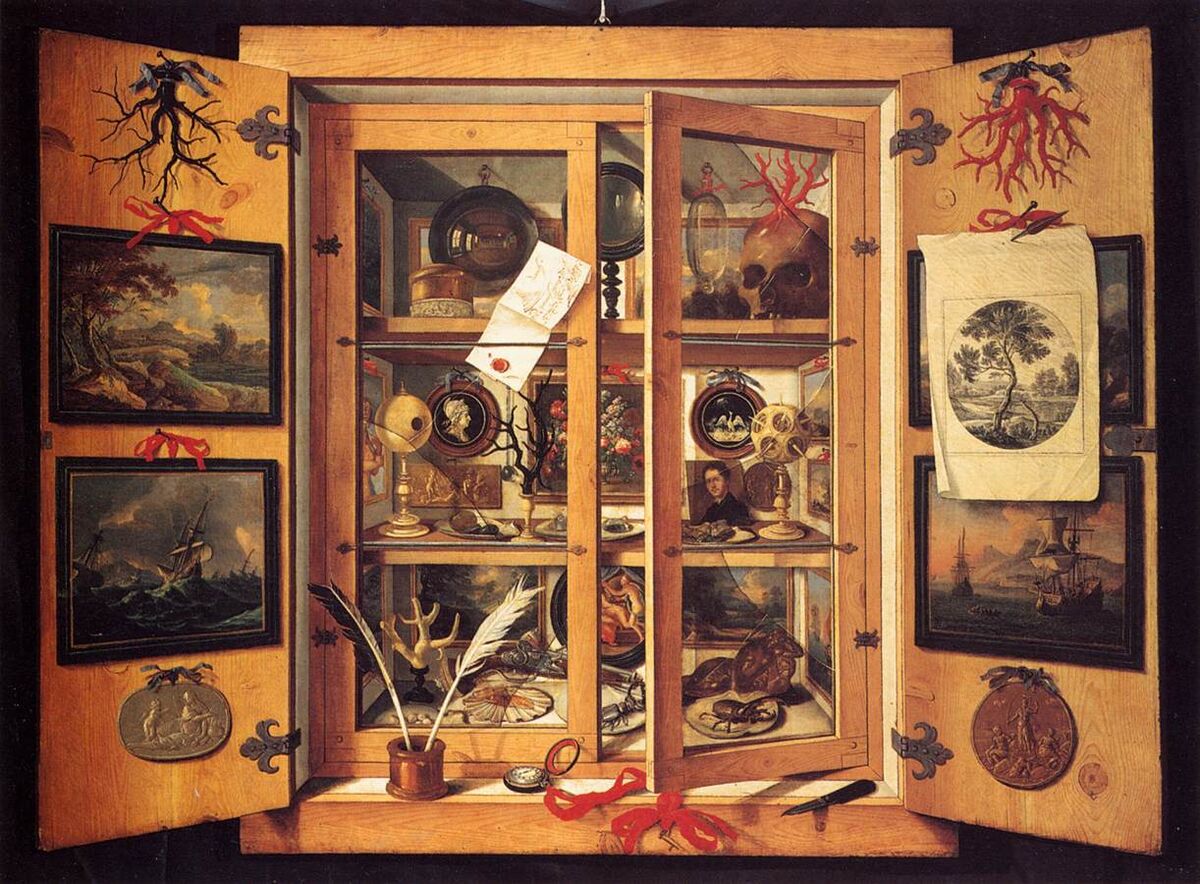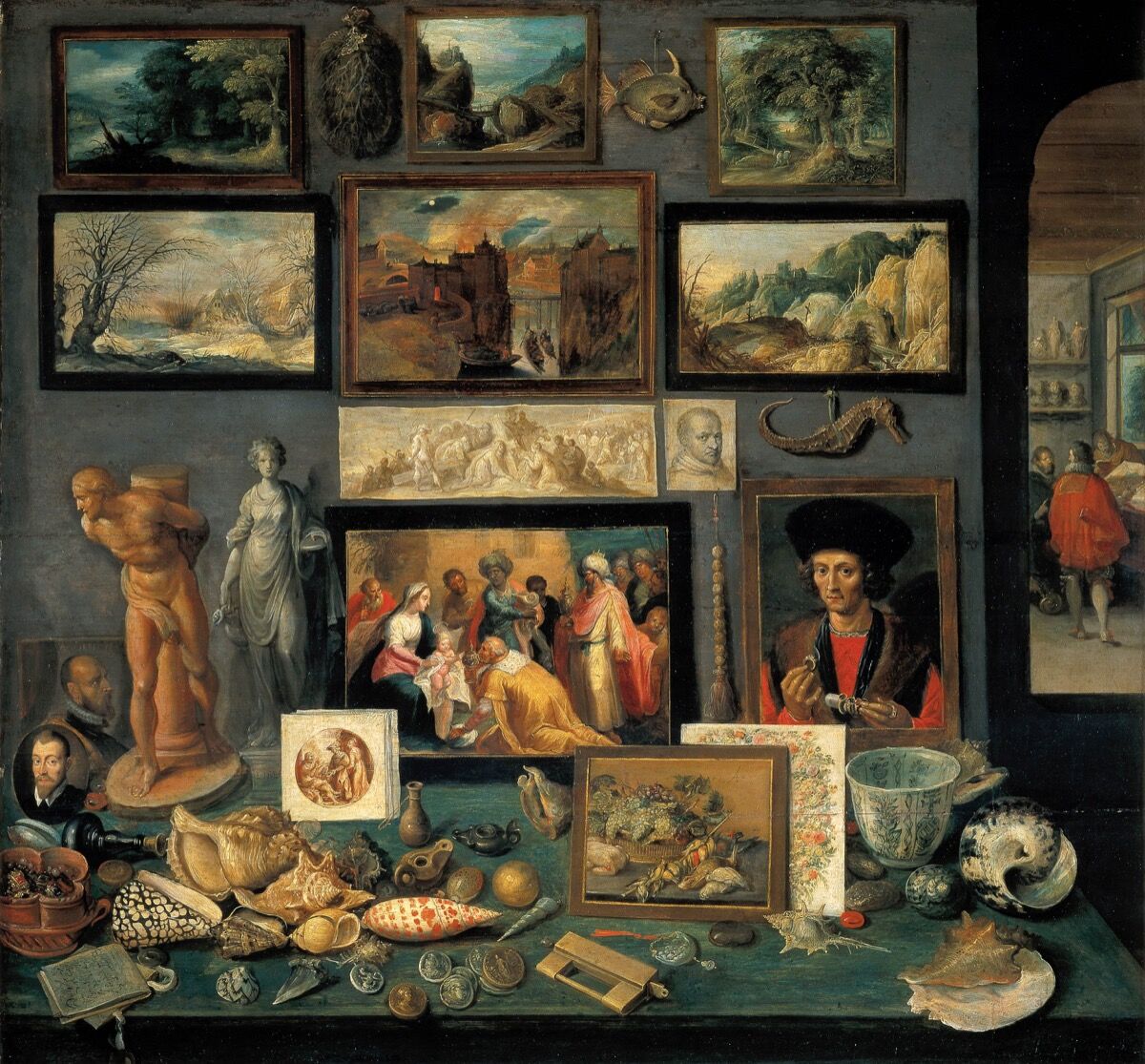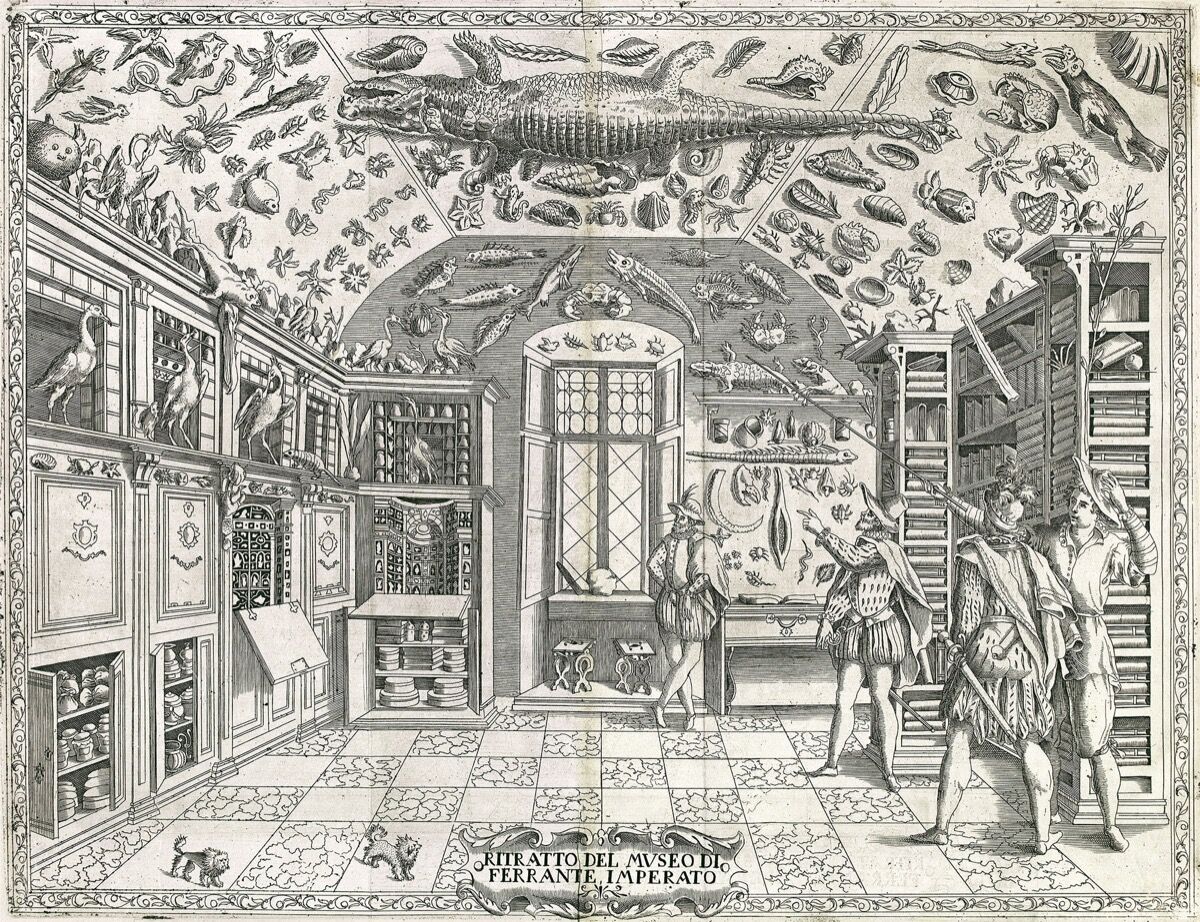Relics.es est le site incontournable pour les amateurs de cabinets de curiosités, offrant une collection exceptionnelle d’objets rares et anciens, sélectionnés avec soin. Découvrez des pièces uniques et fascinantes qui racontent des histoires d’un autre temps.

Domenico Remps, Cabinet de curiosités , ca. 1690. Image via Wikimedia Commons.

Ensemble de cranes memento mori - Santa Muerte Paris

Frans Francken le Jeune, Chambre d'art et de curiosités , 1636. Image via Wikimedia Commons.


Gravure de Ferrante Imperato, Dell'Historia Naturale , 1599. Image via Wikimedia Commons.

